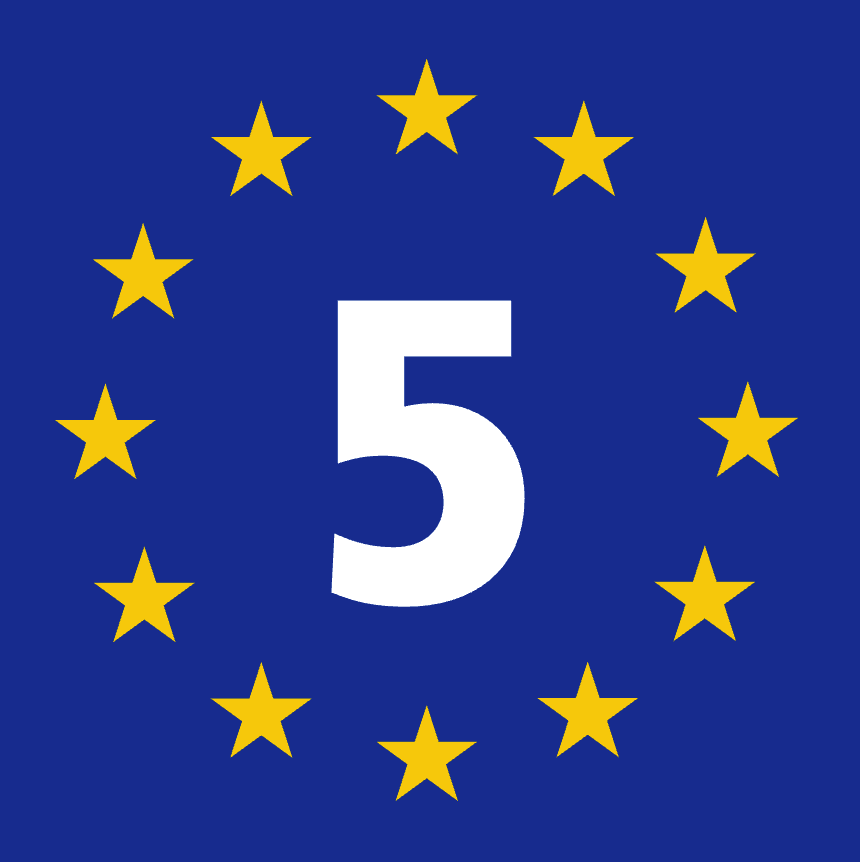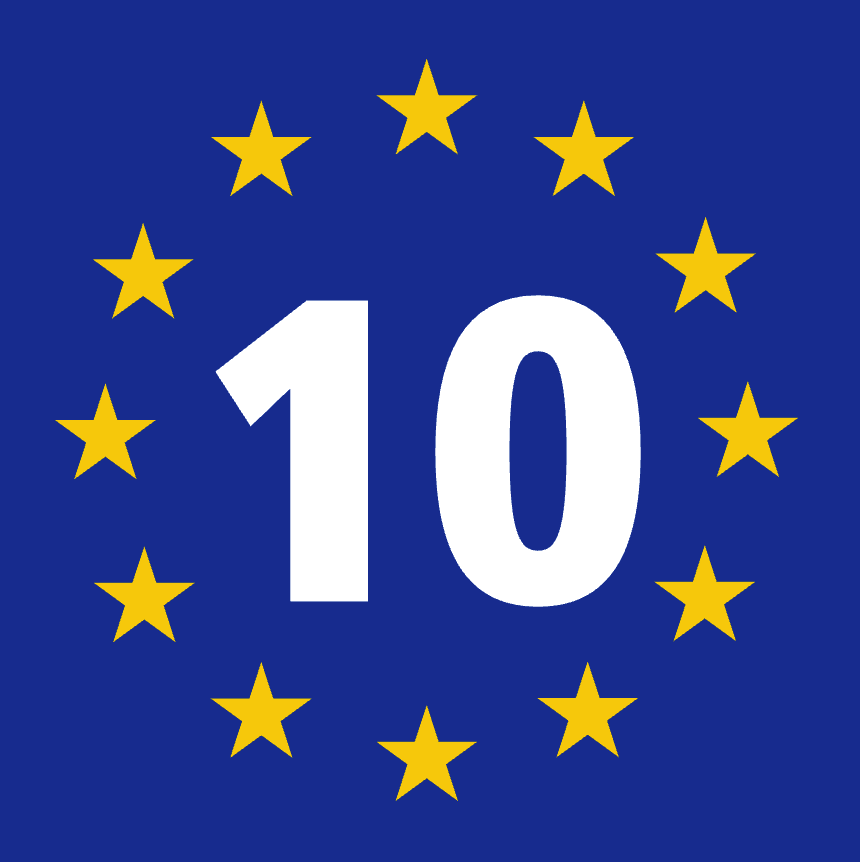 I do actually know more about the route of the EuroVélo 5 than I thought: I have just dug out the ECF EuroVélo map itself and on the back is the following route description.
I do actually know more about the route of the EuroVélo 5 than I thought: I have just dug out the ECF EuroVélo map itself and on the back is the following route description.
“This is another pilgrim route, also called Via Romea Francigena leading from Canterbury to Rome, used in the past by thousands of pilgrims heading for Rome and probably back again. Pilgrims going to Rome carried the symbolic key of Saint Peter, like the pilgrims to Santiago de Compostella had the shell as a symbol.The route to Rome is 2,100 km and now the route has been prolonged to Brindisi with a ferry connection to Greece, because the pilgrims also came to Rome this way. EV5 passes 6 countries:England (180 km), Northern France (140 km), Belgium (260 km), Luxembourg (75 km), East France (400 km), Switzerland (360 km) and finally Italy (2500 km).In this way, important cities of Europe, like London, Brussels, Strasbourg, Basel, Milano and Rome have been connected. Starting in London provides you with an opportunity to experience famous landmarks such as the Tower of London, Tower Bridge the Millennium Dome and the fascinating pubs, galleries and museums, before the trip continues through southern England with its blossoming orchards – if you go in the spring. Of course, Canterbury with its cathedral is a compulsory stop. Here Anselm came up with the tricky ontological argument about the existence of God. It will keep you busy until Rome. In Dover the white cliffs wait for you.Channel crossing by train or ferry to France at Calais. Then you follow Canal de Calais to Saint Omer signed as LF1 and continue through Lile / Roubaix into Belgium. Here you follow the river / canal Escaut, which is the border between Fanders and Wallonia and then through Ronse and into Brussels. Leaving again, the route bends down through the hilly landscape of Wallonia passing Namur with fortress and an old centre.Then head towards Luxembourg. In this small country, several cycle routes have been signed, and you can use PC18, PC17, PC12 and PC13 from Martelange leading through the pleasant countryside to the North into the capital with its old centre. Then south to Schengen on the Mosell, where the 3 countries meet (F, L, D) use PC1 to Hesperange, roads to Ellange-Gare and finally PC7 to Remich and PC3 to Schengen. More info http://www.lvi.lu and the guidebook, VeloTour Luxembourg.Next stage leads via Moselle cycle path back to France, this time the eastern art with very nice, landscape, towns and wine (Alsace). Strasbourghas many nice cyclist facilities and Colmar invites you in with beautiful old houses and nice cafes.Basel is an international city between 3 counties and also the entrance to the well signed national cycle routes of Switzerland. The landscape is amazing and sometimes a bit hard to cycle, but the service, with friendly hotels (Velotels), and trains with easy access for bikes etc. makes it a dream come true to cycle in this country. We pass Aarau with a nice lake, and Lucerne with the famous Kapell–brucke (bridge) from 1300.Italy is reached through the Sankt Gotthard Pass. Continue to Chiasso and Como to Lombardy. Northern Italy have several initiatives to build cyclists facilities. Last stage to Rome you follow the national cycle route of “Ciclopista del Sole”. It is not signed yet, but maps and guidebooks are available.”
There are lots of nice route references there that I can latch onto and investigate further!
Categories: Cycling
















